A Miracle in the Classroom
— by Owen M. Griffith
 As one veteran teacher told me, “Getting through the school year is like running a marathon where they expect you to sprint the whole 26.2 miles.”
As one veteran teacher told me, “Getting through the school year is like running a marathon where they expect you to sprint the whole 26.2 miles.”
I knew I would need strength and balance to get through the roller coaster ride of the school year. I knew I had to take care of myself physically, but just as important, I knew I needed to have a strong spiritual foundation to handle the stress. Fortunately, a colleague gave me a copy of Parker Palmer’s book, The Courage to Teach, to help me stay energized spiritually and keep growing personally through all the challenges of teaching.
Early on, I was paired with another teacher who had eleven years of experience and was a master teacher. As we planned for the year, she noted that I had a very positive attitude and asked how I cultivated such a sunny disposition. I told her that I worked at it by keeping a gratitude journal. Intrigued and a bit skeptical, she said she wanted to give it a try.
After a few weeks, she commented on how much it helped her. One day as we were planning for the first day of school, I had the inspiration of giving the students a gratitude journal on the first day of class. This practice immediately helped the students. I know it helped me. I could see how it fostered a positive and optimistic culture that only seemed to improve as the year went on.
Still I struggled as a first-year teacher. I was overwhelmed, trying to get everything done each day without slipping into survival mode. Those lofty goals I had when I entered the classroom seemed to dissipate. I didn’t think I was reaching any students and wondered if I had what it took to be a teacher. In this dark time, an unlikely student helped to turn things around for me.
Robert was a tough 7th grader who didn’t seem to care about school or anything else. He was failing every subject and by his own admission was on the brink of joining a gang. When I would pass out the science assignment for the day, he would say, “Mr. G., science doesn’t mean anything in my life.” Then, he would ceremoniously crumple up the assignment and throw it in the trash saying, “I’ll take an ‘F’ for the day.” This bothered me tremendously. I tried different things to reach him, but nothing seemed to get through.
Then one day after Winter Break, I handed out a new assignment about the scientific method. Surprisingly, Robert looked intently at the page and said, “Will you help me with this Mr. G?” I was surprised, but quickly recovered and went to his desk and guided him through the scientific method. On the way home that night, I found myself smiling and wondering what had happened to Robert. The next thing that ran through my mind was, “Will this last?”
The next day, we delved further into the scientific method, and Robert asked more questions. He even started helping some of his fellow students who used to follow his lead throwing away their papers right after his.
Robert’s turn around came at my darkest hour in the classroom. I don’t know if I would have kept going if it hadn’t been for this minor miracle. Astonished and encouraged by this student’s turn around, I asked my mentor if she had a student like this every year and she said that she had not had any students like this in all her years of teaching.
When I asked Robert what had happened, he said, “You never gave up on me Mr. G.”
I was reminded of a saying from a pedagogy professor who would gently remind us, “All it takes to change a student’s life is the appropriate adult at the appropriate time.” I was fortunate to have been that appropriate adult, open to this student who needed someone there for him. It was fortunate for him, and fortunate for me.
That was over ten years ago, and as those original students now enter college, many have told me that they still keep their gratitude logs, often uploading them onto their computers or iPhone. As I reflect back on it all, I see that so much of my success as an educator goes back to that book I still treasure and pass on to others, The Courage to Teach, and to a practice of gratitude begun all those many years ago.
Below is a guide on using this practice in your classroom.
Classroom Gratitude Activity
It is ideal to begin your own personal gratitude journal and then help your students with their own, listing up to five gratitudes every day. Research has shown that it may be more important to delve deeper into each individual gratitude, rather than focusing on the number of gratitudes per day. If necessary, ask the students to record fewer gratitudes and instead explore the second part of the gratitude, using “because” in the prompt. This template is an example:
- Thank you for ________________________________________________________
because_______________________________________________________________
- Thank you for ________________________________________________________
because_______________________________________________________________
- Thank you for ________________________________________________________
because_______________________________________________________________
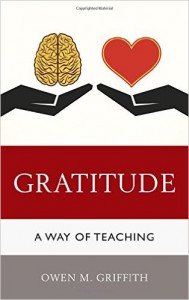 Thanks to Owen for his Teacher’s Reflections.
Thanks to Owen for his Teacher’s Reflections.
Owen M. Griffith is a grateful teacher, guitar instructor, writer, educational consultant, blogger, and musician, residing with his wife and son in North Georgia. Owen has designed and led professional developments for educators pertaining to gratitude and growth mindset, as well as other social-emotional learning tools. Through his blog and articles on Huffington Post and Edutopia, he has shared ideas with educators around the world. His upcoming book, Gratitude: A Way of Teaching, will further that endeavor.
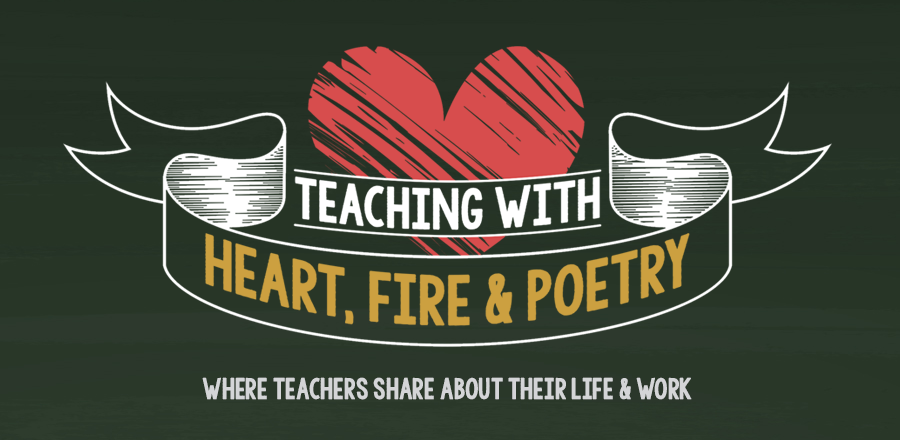
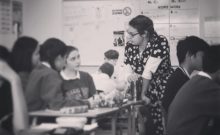
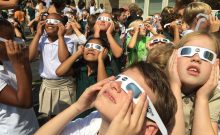
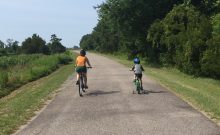
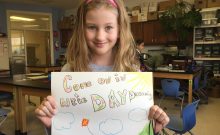
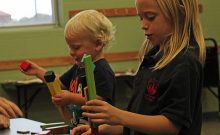
April Niemela
June 15, 2016 1:49 pmWhat a great lesson in leading by example. You write of dark days and darker hours — which we all experience as teachers (and as humans): it’s also clear that your strong spiritual foundation and commitment to fostering a positive culture in your own classroom provided an underlying mooring that held strong and true. What a gift you’ve given your students and fellow colleagues.